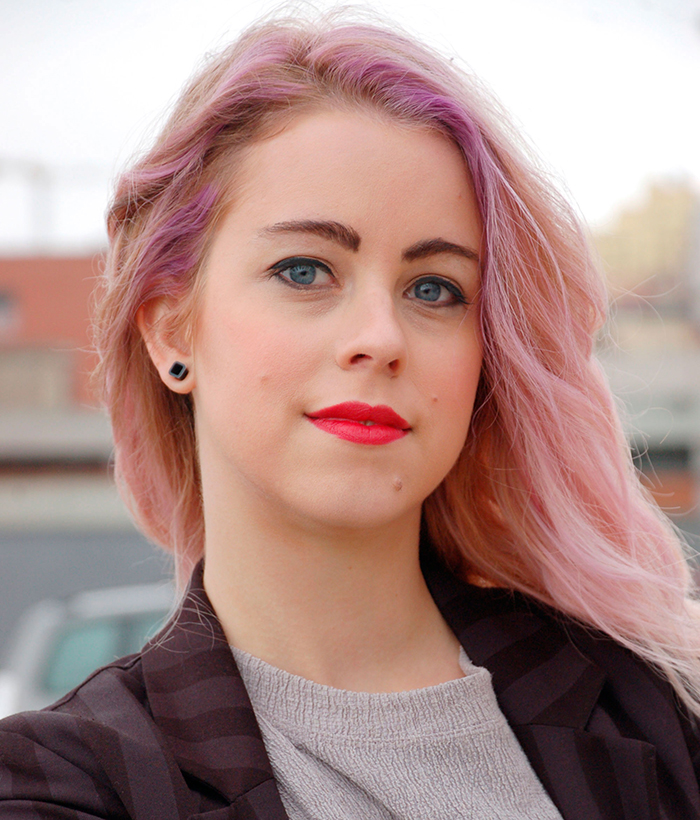Syllabus⇝
Introduction to Futures Studies and Futures Thinking
The future is currently near of being a new buzzword. The media is full of narratives of futuristic utopias and distopias, usually techno-centered. But the future is not a classic Fate. The Future, in fact, doesn’t exist. That means that the future is actually a set of probabilities and possibilities. Creatives, designers, policy-makers and agents of change have an agency on it This course introduces students of the Master DfEF to Futures Theory and Futures Thinking as a set of tools and as a conceptual field subject of interest within different areas and trends of design, such as Strategic Design or Critical Design. This course also includes theoretical introductions at the most relevant foresight frameworks for designers and agents of change, a reframe on futures conception and a set of tools which will link with other courses of the master. The students will reach a more critical futures-oriented mindset, needed for developing different alternative scenarios
Deliverables⇝
Depending on concrete exercises
Additional Resources⇝
Hines, Andy; Bishop, Peter (2007) Thinking about the future: guidelines for strategic foresight. Washington: Social Technologies
Dunne, Anthony; Rabby, Fiona (2013). Speculative Everything: Design, fiction and Social Dreaming. Cambridge (Massachussets): MIT Press
Faculty⇝

Elisabet Rosello
Strategic Innovation Consultant
Strategic Innovation consultant specialised on trends analysis and futures research. Fellow at the Center for Postnormal Policy and Futures Studies. Founder of Spanish platform Postfuturear, for Futures Studies research and dissemination for different audiences. She has worked as a trends and offline user experience analyst, as an innovation researcher for creative agencies, universities (IGOP-UAB, IN3-UOC), and public institutions. She has been project manager for the Barcelona Mini Maker Faire 2014. She is lecturer occasionally in different educative institutions as Universitat de Barcelona, BAU Escola de Disseny, among others, and had collaborated in different media, from CCCBLab to RNE4.
